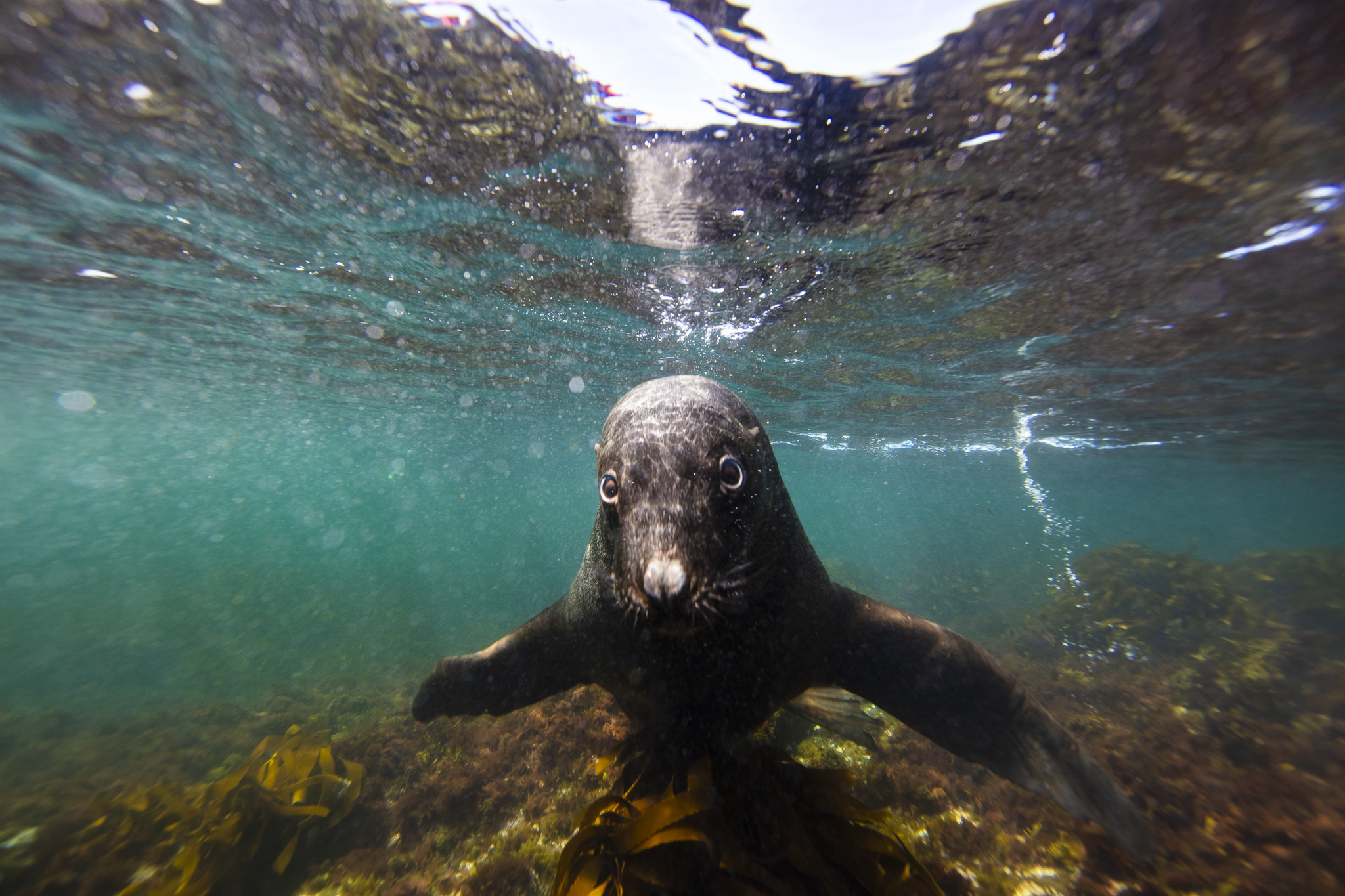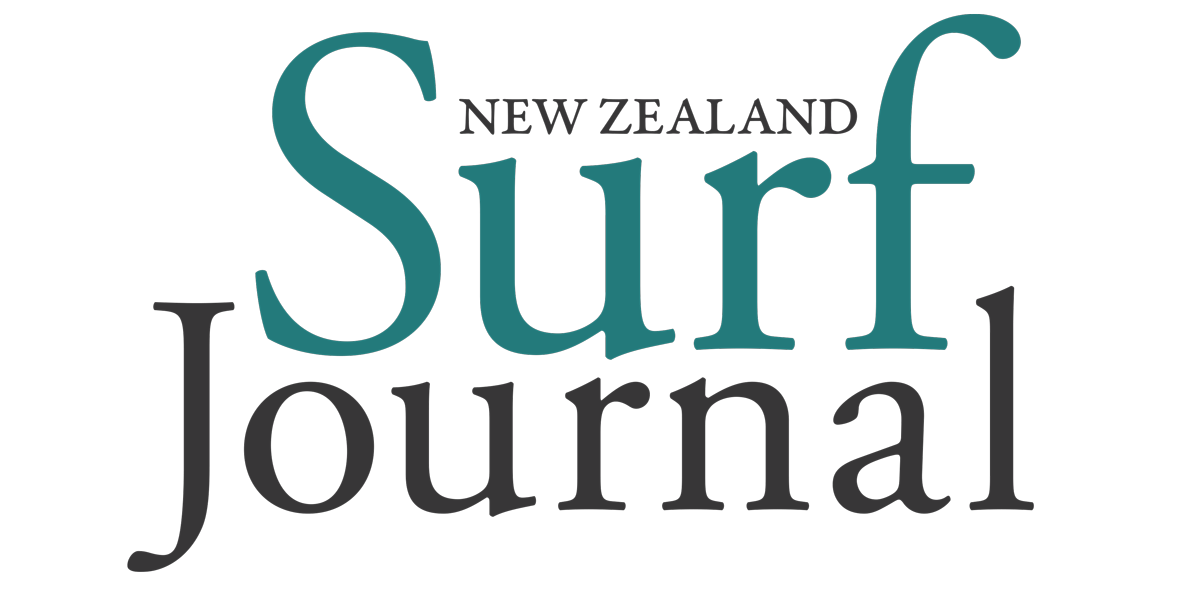When the Department of Conservation (DOC) announced six new marine reserves to be the first established along the southeastern coast of the South Island in October, there was one glaring omission: The Catlins.
While the six new marine reserves, dotted from Oamaru to just north of Bull Creek, aim to protect the habitats of hoiho/yellow-eyed penguin, toroa/northern royal albatross, pakake/New Zealand sea lion, as well as brittle stars, squat lobster, kōura, reef fishes and many others, the Catlins may only get a proposed Type 2 Marine Protected Area around the Papatowai Estuary.

So, why didn’t we get a marine reserve in the Catlins?
DOC Director Office of Regulatory Services, Sarah Owen, said the sites of the proposed marine reserves were recommended to ministers by the community-based SEMP Forum, which included representatives from Kāi Tahu, commercial and recreational fishing interests, marine science, tourism, community and the environment.
The SEMP Forum then went through a deliberations process to determine which sites and what level of marine protection would be recommended to ministers to balance the effects on users versus desired biodiversity protection outcomes.
“Via this process, a number of potential sites, including some in the Catlins, were not put forward to ministers given their customary importance or importance to commercial or recreational fishing,” Owen explains.

“One of my regrets is that we couldn’t get a marine reserve over the line in the Catlins,” Otago-based surfer, fisherman and forum representative Dr Tim Ritchie concedes. “We had an awesome-looking proposal based around Long Point. The commercial guys didn’t want a bar of it, but they didn’t want a bar of anything.”
“We had an awesome-looking proposal based around Long Point. The commercial guys didn’t want a bar of it, but they didn’t want a bar of anything.”
Ritchie said ultimately they pulled the proposal out of respect for the treaty partner representatives on the forum.
“Iwi has unfulfilled aspirations for mātaitai – customary fisheries management tools – in the Catlins,” Ritchie explains. “Creating a marine reserve in the Catlins would reduce the area that commercial pāua fishers can operate in. Reduced areas for commercial pāua fishers would have the effect of increasing resistance by commercial fishers to any future mātaitai proposals. Until iwi aspirations are facilitated and realised I think it’s unlikely we’ll see a meaningful marine reserve in the Catlins.”
“Iwi has unfulfilled aspirations for mātaitai – customary fisheries management tools – in the Catlins … until iwi aspirations are facilitated and realised I think it’s unlikely we’ll see a meaningful marine reserve in the Catlins.”

At the same time the yellow-eyed penguin, hoiho, and New Zealand sea lions, pakake or whakahao, of the Catlins are also among the world’s rarest species and seemed to be left out of consideration.
Dr Chris Hepburn is a professor of marine science at the University of Otago’s Department of Marine Science and believes there hasn’t been a lot of protection brought in for sea lions and our more vulnerable penguin species.
“Maybe some of those set-net bans that could occur later, again, sitting with the ministry, could do that,” Hepburn shares. “That was a real challenge we faced – because sea lions and penguins travel so far. I think a lot of those species will probably be protected by the death of set-netting, which is probably going to happen.”
With the effectiveness of what we’ve seen from the East Otago Taiāpure we can only hope customary fisheries management tools are on their way to the Catlins.


